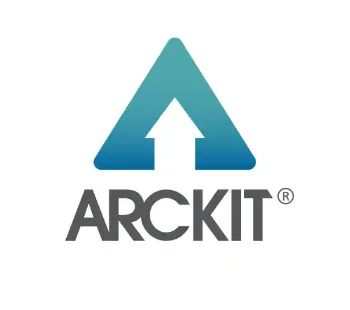Cookies help us deliver our services. By using our services, you agree to our use of cookies.
From the same category
MRB Global Warming & Supplies Starter Kit (for 12)
MRB GLOBAL
A research vessel sets off on an expedition around the world to understand global warming and how it affects climate. During the journey, the crew members wear many hats as they research, assess, design and build, discovering smart solutions and winning strategies for adapting to life in a changing climate. Their mission? To gain knowledge through exploring best practices in sustainability and passing it on to others – and laying the foundations of sustainable living.
Global warning is a science-based, data-based, non-biased course material that storyfies and gamifies climate change to make it accessible for students of all interests and abilities.
These boxes come with a lifetime license for each school or makerspace.
Global warning is a science-based, data-based, non-biased course material that storyfies and gamifies climate change to make it accessible for students of all interests and abilities.
These boxes come with a lifetime license for each school or makerspace.
Call for pricing
MRB Green Engineer & Supplies Starter Kit (for 12)
MRB GREEN
A team of exceptional space engineers is formed to get to Mars and terraform the planet. The story evokes the inner explorer in children making every session just another adventure. Completing the mission is only possible if they create their own sustainable and efficient designs by employing their newly acquired tech skills.
Makers Red Box is a great way for students to learn and explore using different methods of teaching and technical skills including Creative Writing, Mathematics, 3D Printing, Soldering, Laser Cutting, Robotics, Coding, as well as soft skills such as Creative Problem Solving, Teamwork, Critical Thinking, Emotional Intelligence, Communication Skills, and Business Skills. All help the student grow into thriving and ambitious individuals.
Makers Red Box is a great way for students to learn and explore using different methods of teaching and technical skills including Creative Writing, Mathematics, 3D Printing, Soldering, Laser Cutting, Robotics, Coding, as well as soft skills such as Creative Problem Solving, Teamwork, Critical Thinking, Emotional Intelligence, Communication Skills, and Business Skills. All help the student grow into thriving and ambitious individuals.
Call for pricing
MRB Superheroes & Supplies Starter Kit (for 12)
MRB SUPER
Participants create superheroes to express their feelings and experiences. By using storytelling methods, maker technologies and creative writing they express complex emotions in the form of objects. For this, children employ technologies such as 3D printing, laser cutting, electronics and microcontrollers or even sewing. After the participants created their very own heroes, they face interesting and fun challenges and delve into deep ethical and moral questions in their adventures.
These boxes come with a lifetime license for each school or makerspace
These boxes come with a lifetime license for each school or makerspace
Call for pricing








































































































